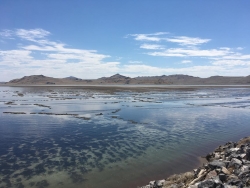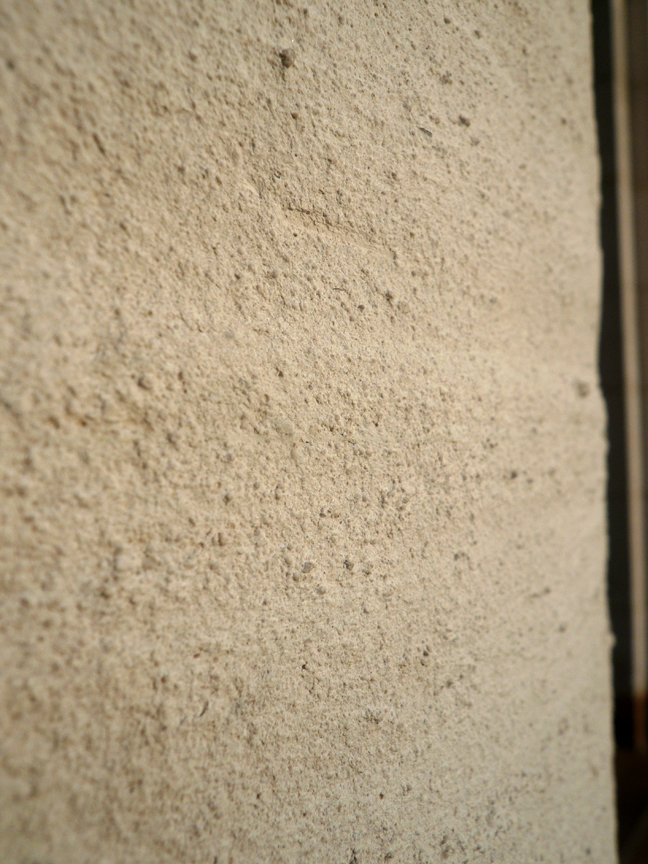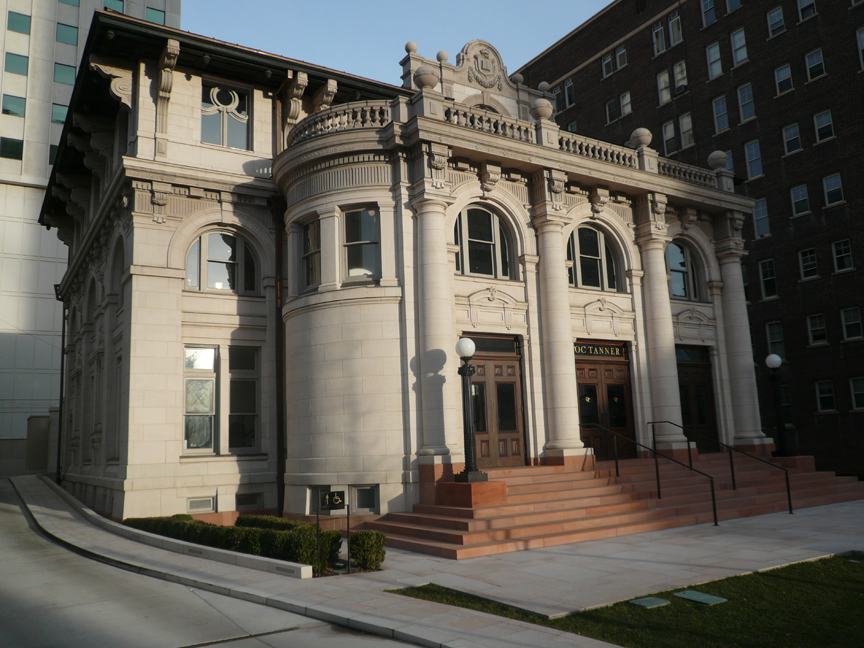
Courtesy USGS, Hannah McIlwain, Photographer
This saltwater marvel is the largest wetland area in the American West. Its 400,000 acres of wetlands provide habitat for over 230 bird species traveling from the tip of South America, north to Canada’s Northwest Territories and as far west as Siberia. These wetlands and surrounding mudflats are vital habitat for 8-10 million individual migratory birds with many species gathering at the Lake in larger populations than anywhere else on the planet.
In 1991 the Great Salt Lake was declared a site of “hemispheric importance,” the highest level of designation given to a site by the Western Hemisphere Shorebird Reserve Network. The Reserve conserves shorebird habitat through a network of key sites across the Americas. Salt Lake receives the largest percentage of the world’s population of migrating Eared Grebes, nearly one-third of Wilson’s Phalaropes, more than half of American Avocets, and 37 percent of Black-necked Stilts. The lake’s shoreline, playas and mudflats also support 21 percent of the North American breeding population of Snowy Plovers, a species identified as one of greatest conservation needs by Utah’s Wildlife Action Plan.
These shorebirds are among nature’s most ambitious, long-distance migrants. But their numbers are dropping quickly. Shorebirds are showing the most dramatic declines among all bird groups. Species that undertake hemispheric migrations rely on specific habitats and food sources to survive, but these resources are increasingly under threat from human disturbance including habitat loss and degradation, over-harvesting, increasing predation, and climate change. As humans have continued to alter the landscape, shorebird populations continue to drop, with accelerated declines in recent decades.
Of 52 shorebird species that regularly breed in North America, 90% are predicted to experience an increase in risk of extinction. This includes 28 species already considered at high risk, and 10 imperiled species that face even greater risk.
At the base of Salt Lake’s food chain are microbialites, underwater reef-like rock mounds created by millions of microbes. These structures and their microbial mats form the base of the entire Great Salt Lake ecosystem, serving as a primary food source for brine shrimp and brine flies, which are the main food source for these aquatic birds. Falling water levels exposing the microbialites to air could trigger a collapse in the lake’s food chain according to a July study by the Utah Geological Survey.
So we humans aren’t the only one’s suffering from our disappearing Lake. Thank goodness we have awakened to this extraordinary resource found on our doorstep with many organizations and agencies attempting to save what remains for our health, wealth, and for the millions of threatened feathered friends that grace our skies, and our lives. Last May, Utah Governor Cox declared 2021 the year honoring shorebirds. We can do our part by taking action on conserving water and energy.
Jack Greene for Bridgerland Audubon Society and I’m wild about Utah and its magnificent great lake.
https://youtu.be/xv07VnQnlOY
Credits:
Picture:
Audio: Courtesy & © Kevin Colver https://wildstore.wildsanctuary.com/
Text: Jack Greene, Bridgerland Audubon, https://bridgerlandaudubon.org/
Additional Reading: Lyle W Bingham, Webmaster, and Jack Greene, Author, Bridgerland Audubon, https://bridgerlandaudubon.org/
Additional Reading:
Jack Greene’s Postings on Wild About Utah, https://wildaboututah.org/author/jack/
Strand, Holly, Important Bird Areas, Wild About Utah, October 21, 2008, https://wildaboututah.org/important-bird-areas/
Strand, Holly, One of the World’s Largest Shrimp Buffets, Wild About Utah, June 3, 2008, https://wildaboututah.org/one-of-the-worlds-largest-shrimp-buffets/
Chambless, Ross, When the Great Salt Lake we know is gone, what shall we name it?, Commentary, The Salt Lake Tribune, August 19, 2021, https://www.sltrib.com/opinion/commentary/2021/08/19/ross-chambless-when-great/ [Accessed September 19, 2021]
Shorebirds are among nature’s most ambitious, long-distance migrants. Western Hemisphere Shorebird Reserve Network (WHSRN), https://whsrn.org/about-shorebirds/shorebird-status/
Drought Negatively Impacting Great Salt Lake Microbialites and Ecosystem, Utah Geological Survey (UGS), Utah Department of Natural Resources, State of Utah, July 15, 2021, https://geology.utah.gov/drought-negatively-impacting-great-salt-lake-microbialites-and-ecosystem/
Chidsey, T.C., Jr., Eby, D.E., Vanden Berg, M.D., and Sprinkel, D.A., 2021, Microbial carbonate reservoirs and analogs
from Utah: Utah Geological Survey Special Study 168, 112 p., 14 plates, 1 appendix, https://doi.org/10.34191/SS-168
Riding, Robert, Definition: Microbialites, Stromatolites, and Thrombolites, Encyclopedia of Geobiology, SpringerLink, Springer Nature Switzerland AG. Part of Springer Nature., https://link.springer.com/referenceworkentry/10.1007%2F978-1-4020-9212-1_196
Romero, Simon, Booming Utah’s Weak Link: Surging Air Pollution, The New York Times, Sept. 7, 2021, https://www.nytimes.com/2021/09/07/us/great-salt-lake-utah-air-quality.html
2015–2025 Wildlife Action Plan, Division of Wildlife Resources, Department of Natural Resources, State of Utah, July 1 2015, https://wildlife.utah.gov/discover/wildlife-action-plan.html
Governor Cox Declares 2021 as Year of the Shorebird at Great Salt Lake, Declaration celebrates 30th anniversary of Great Salt Lake as a Western Hemisphere Shorebird Reserve Network Site, Western Water News, National Audubon, May 12, 2021, https://www.audubon.org/news/governor-cox-declares-2021-year-shorebird-great-salt-lake
See also: https://wildlife.utah.gov/news/utah-wildlife-news/1182-cox-declares-2021-year-of-shorebird-great-salt-lake.html
Gov. Cox Issues Drought Executive Order, Governor.utah.gov, March 17, 2021, https://governor.utah.gov/2021/03/17/gov-cox-issues-drought-executive-order/
Written by Hall Crimmel & Dan Bedford, Filmed and Edited by Isaac Goeckeritz, iUtah EPSCor, Rachel Carsen Center Environment & Society,
Based on the book Desert Water; The Future of Utah’s Water Resources edited by Hall Crimmel and published by University of Utah Press, 2014
Carney, Stephanie, Vanden Berg, Michael D., GeoSights: Microbialites of Bridger Bay, Antelope Island, Great Salt Lake, Survey Notes, Utah Geological Survey, State of Utah, January 1, 2022, https://geology.utah.gov/map-pub/survey-notes/geosights/geosights-microbialites-of-bridger-bay-antelope-island-great-salt-lake/
Salt Lake Brine Shrimp, https://saltlakebrineshrimp.com/harvest/
Williams, Terry tempest, Opinion, I Am Haunted by What I Have Seen at Great Salt Lake, The New York Times,, March 25, 2023, https://www.nytimes.com/2023/03/25/opinion/great-salt-lake-drought-utah-climate-change.html
Williams, Terry tempest, Opinion, I Am Haunted by What I Have Seen at Great Salt Lake, The New York Times,, March 25, 2023, https://www.nytimes.com/2023/03/25/opinion/great-salt-lake-drought-utah-climate-change.html



